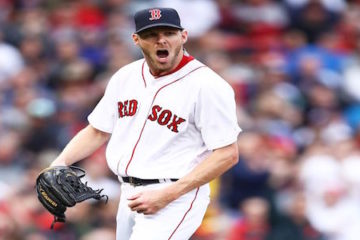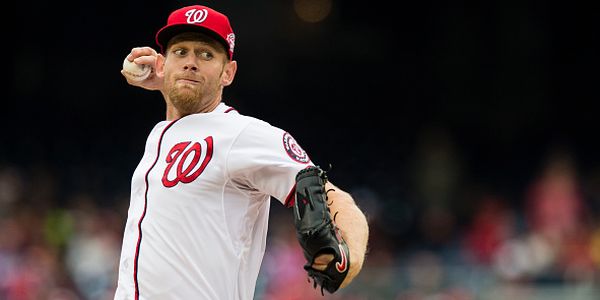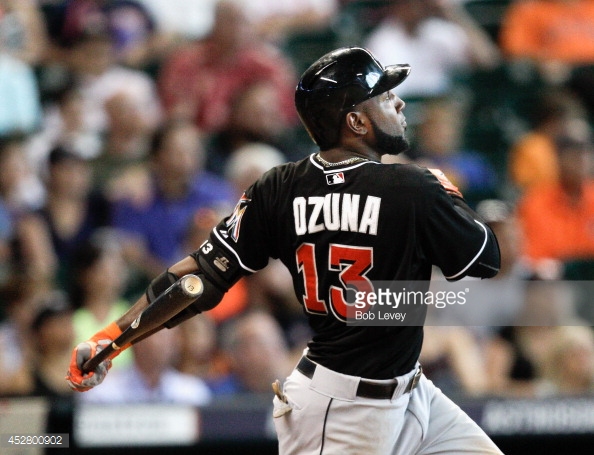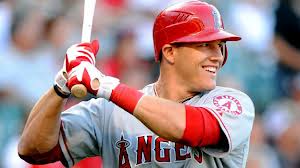2017 Fantasy Baseball: The Fielding Chronicles– Boston Red Sox
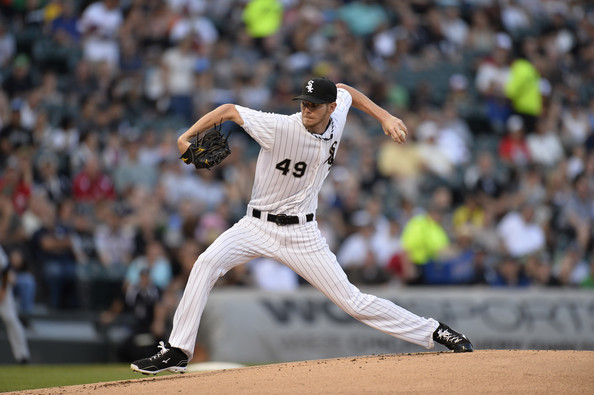
The most common question at this point is why we are reading about fielding on a fantasy baseball site. Simply put, fielding interacts with pitching more than we can comment. This makes perfect sense. Out of 27 outs, 10 of them might come via strikeout. So, fielders are responsible for approximately two-thirds of the outs pitchers get. Therefore, it is important to pay attention to how efficiently those fielders get those outs.
The Boston Red Sox are expected to advance far in the playoffs based a top-heavy pitching staff. Whether those pitchers will be successful or not could depend a lot on the fielding that takes place behind them. Bad fielding could stop those good pitchers in their tracks. Good fielding could make them look even better than what they are.
For our purposes here, we are using the Fielding Bible’s “defensive runs saved” as a benchmark for fielding. Zero runs is average. In addition, billjamesonline.com tracked the fielding advantage that teams got from advanced shifting. Add all that up and you can get a pretty good look at the overall quality of fielding that goes on behind the pitching on that team.
Overview
| Infield | Outfield | Shift | Total | Rank | DER | Rank | |
| 2014 | -10 | +51 | +13 | +54 | 2nd | .685 | 9th |
| 2015 | -24 | +21 | +13 | +12 | 10th | .680 | 14th |
| 2016 | +6 | +42 | +6 | +54 | 2nd | .695 | 3rd |
Most front office’s prefer pitchers that trend more towards ground balls. There are bunches of reasons for that, but the biggest reason is because fly ball pitchers tend to give up more home runs and extra base hits. That being said, more hits are generated from ground balls and line drives in general and the Red Sox outfield has traditionally been one of the better defensive outfields in the sport.
So, it makes perfect sense for the Red Sox’ pitchers to trend more towards fly balls. So, when we see them trend closer to the American league average of 43.75 percent ground balls, that’s not necessarily an indictment. Smart organizations will obviously look to accentuate their strengths and outfield defense is a consistent strength for the Red Sox.
Key Changes
Andrew Benintendi takes over full time in left field after playing the last couple of months. He had negative one runs saved in his limited time. The Red Sox rotated players in and out before he took over, so really that isn’t that much of a change in the outfield defense, but he could improve with experience. Mookie Betts and Jackie Bradley are both plus defenders (Betts is the best right fielder in the business), so the Red Sox tradition of being strong in the outfield continues.
Pablo Sandoval and Mitch Moreland takes over at the corners on the infield. At first glance this would appear to be a net negative. Sandoval is as big as a house, but he has been a positive fielder in the past. He sported a -11 in 2015 the last time he was a full-time third baseman, but he has lost weight and looks okay thus far. Moreland was actually a plus defender the last two seasons with a plus nine run rating overall.
Sandoval replaces Travis Shaw and he sported an overall plus fourteen runs saved last season between third base and first base. Hanley Ramirez has played in left field, first base, third base, and shortstop during his career. His best position as a fielder is designated hitter. He was minus five runs saved last season at first, so Moreland will be an improvement. Overall, the Red Sox can hope to break even, but it does look like they will be worse in the infield.
The Pitchers
One of the fascinating things that comes with studying fielding is that you often find out some reasons why teams suddenly outperform or underperform their expectations. DER stands for defense efficiency rating. It calculates the percentage of balls in play that end up becoming outs. So, in 2015 the Red Sox converted 68 percent of their balls in play into outs. That means 32 percent of those balls in play were not outs and good for 14th in the league. That performance made life hard on the pitchers and it made it difficult for them to prevent runners from crossing the plate. Compare that with 2014 and 2016 and you can see one reason why the Red Sox were much more successful in those seasons
Chris Sale comes to the Sox with a fly ball track record and given the defensive prowess of the Red Sox outfield, he might see an uptick in his performance. The White Sox outfielders were consistently below average and the ballparks are relatively equal in park factor. As a top five overall pitcher, he is demonstrably not a sleeper, but he could be even better than advertised.
On the hand, Rick Porcello had a .269 BABIP last season to go onto the Cy Young award. He did this despite having a league average 44 percent ground ball rate. His career average in that category is higher, so he will have more ground balls and those ground balls will go to an infield that will likely finish below average. So, he will likely see a return to his career .308 BABIP and be the solid, but unspectacular pitcher he has been in the past.


